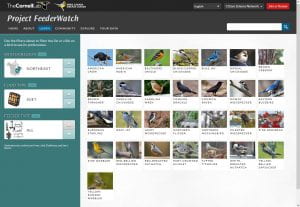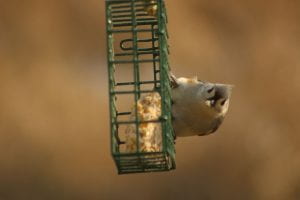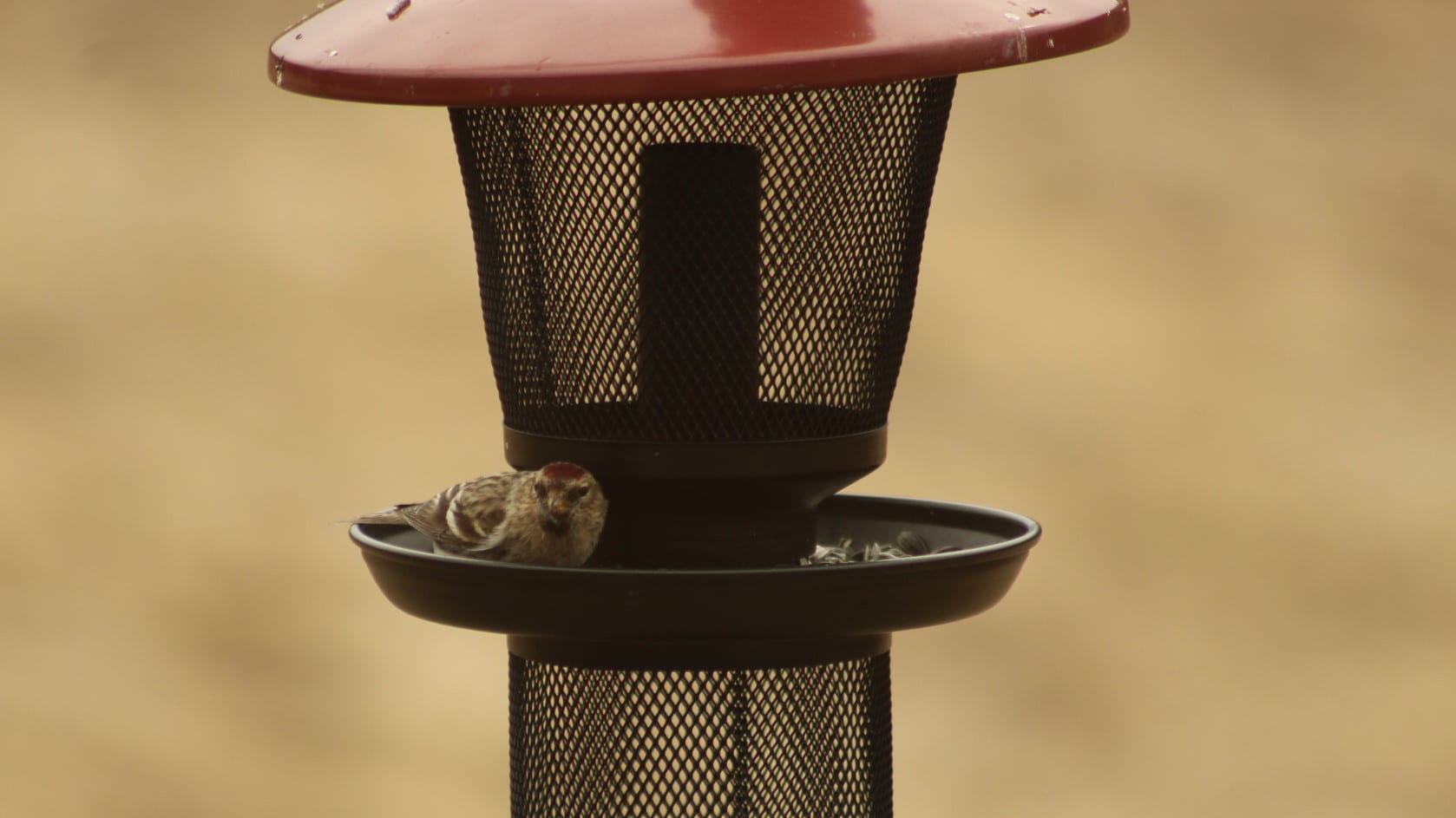Birds spark a deep wonder and endless fascination. They help us understand the living world and our connections to it. – Ian Owens, Executive Director, Cornell Lab of Ornithology

February in New York can be a dull prospect. Sure, a fresh blanket of snow can transform the landscape, but shades of brown take over again and again until spring finally takes hold, ushering forth a kaleidoscope of colors. It’s no wonder that providing food and shelter for birds is so popular. Just the idea of a flock of floofs can raise one’s spirits. Which is probably why the Cornell Lab of Ornithology’s annual event, the Great Backyard Bird Count, takes place in February. This year it’s scheduled for February 18-21, 2022. It’s pretty simple. Watch an area for birds for at least 15 minutes over the course of those four days and submit what you saw and heard to the Lab. They have a free introductory webinar on Wednesday, Feb. 16, at 2 p.m.

If you are looking to attract birds, you can’t go wrong in visiting the Lab’s website. They have tips for choosing plants to provide year-round food and shelter for birds. If you are looking to get started, this interactive chart can help you decide what type of feeder to put up and what seed to choose to attract different birds to your yard.
And they even include some integrated pest management topics such as:
They don’t, however, provide information on birdseed storage or pest issues. So Amara Dunn, NYSIPM biocontrol specialist, discussed the subject in January 2022’s First Friday IPM Minute. Check it out.
In a nutshell, birdseed can be the source for pantry pests, so store it away from other food items. Also, keep it in pest proof containers to avoid fueling a rodent population explosion.
Other pest related issues to consider:
- The DEC recommends taking down your feeders on April 1st to avoid attracting hungry bears emerging from hibernation. Read more here.
-

Less seed ends up on the ground with suet feeders compared to seed filled hoppers. Photo: J. Lampman Removing birdfeeders is a common recommendation when discussing ways to reduce tick risk in your yard. There is some evidence that attracting wildlife can increase ticks in your yard, although research results are mixed. If you see large numbers of mice and chipmunks under your feeder, it’s probably best to stick to less messy options such as suet, or remove your feeders.
If you find that birds are sometimes causing you a headache, we have you covered. Check out our What’s Bugging You page dedicated to Birds.
And sign up for our March First Friday event where we’ll be discussing “Recognizing and avoiding woodpecker damage on your home”.
Happy bird watching!
